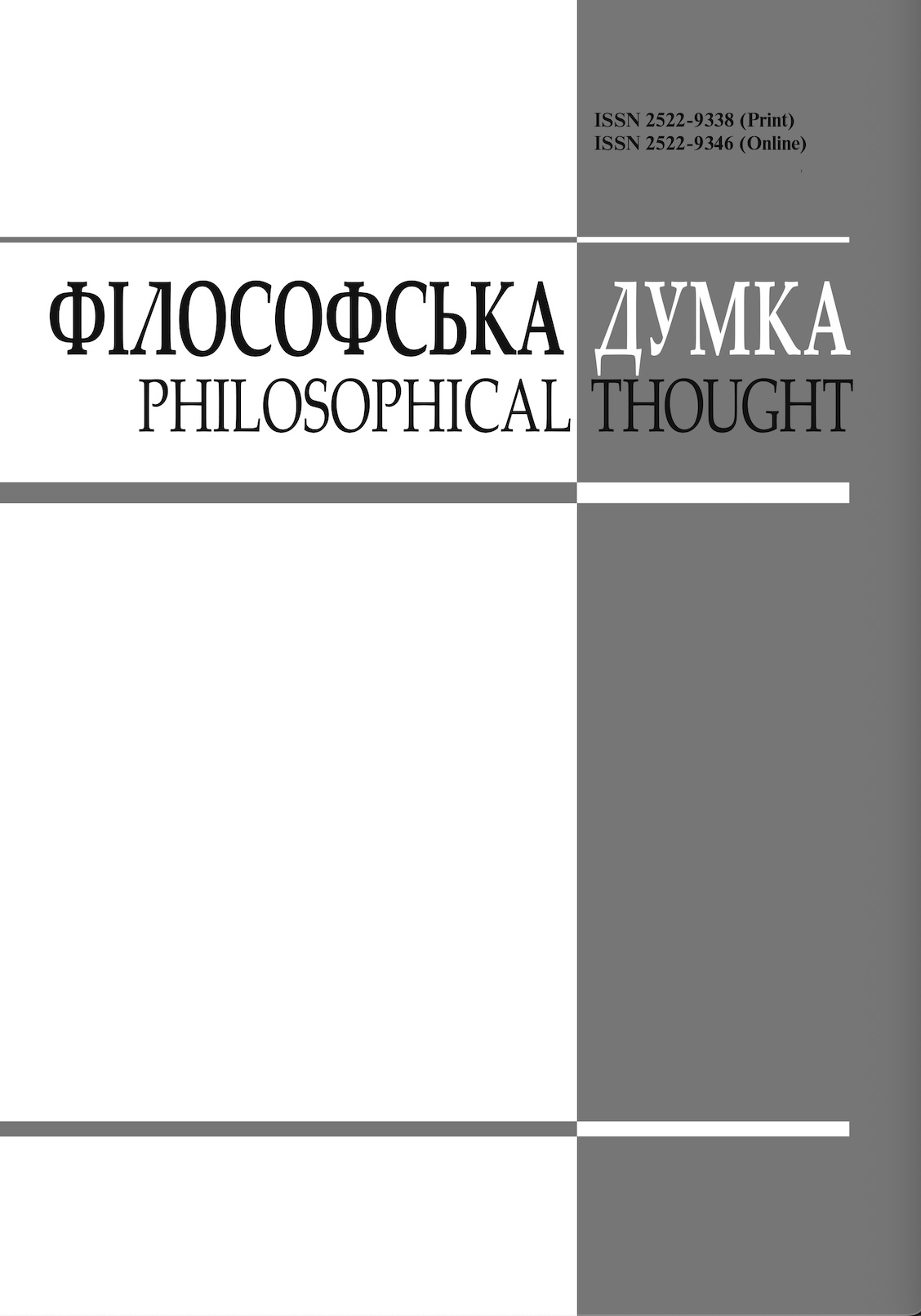Philosophers Pushkin and Goethe: something about the nature of genii
Keywords:
J.W. Goethe (1749-1832), A.S. Pushkin (1799-1837), right-hemisphere and left-hemisphere functions of the human brain, philosophic theatreAbstract
The author searches for affinity in creative works by J.W. Goethe and A.S. Pushkin as “art philosophers” (S.L. Frank), detecting in their works the displays of highly developed righthemisphere and left-hemisphere functions of the human brain. This is connected, first of all, with the ability of visual image for embodying philosophic ideas and, secondly, the ability of a “seeing eye” to search for and to find time – development, formation, the history. The writers’ dramatic compositions are the best embodiment of concrete completeness of reality which is equally subject to thinking of the both artists. In the author’s opinion, the philosophic theatre of Goethe and Pushkin syncretizes the historical specificity, philosophic problems, poetical word, and theatrical performance.
References
Аникст А. Гёте и Фауст. От замысла к свершению. — М., 1983.
Анненков П.В. Материалы для биографии А.С.Пушкина. — М., 1984.
Бахтин М.М. Эстетика словесного творчества. — М., 1979.
Берковский Н.Я. Лекции и статьи по зарубежной литературе. — СПб., 2002.
Гайденко П.П. Трагедия эстетизма. — М., 1970.
Гаспаров М.Л. Записи и выписки. — М., 2001.
Гачев Г. Жизнь художественного сознания. Очерки по истории образа. — М., 1972.
Данилевский Р.Ю. Пушкин и Гёте. Сравнительное исследование. — СПб., 1999.
История мировой культуры: Наследие Запада: Античность. Средневековье. Возрождение: Курс лекций / Под ред. С. Д.Серебряного. — М., 1998.
Киреевский И.В. Избранные статьи / Сост., вступ. статья и коммент. В.Котельникова. — М., 1984.
Непомнящий В. Поэзия, музыка, время // Музыкальная академия. — 1999. — № 2.
Николаенко Н.Н. Психология творчества: Учебное пособие / Под ред. Л.М.Шипицыной. — СПб., 2007.
Пустовит А.В. Введение в логику. — К., 2013.
Пустовит А.В. Золотое сечение в структуре трагедии Пушкина «Моцарт и Сальери» // Літературознавчі студії. Київський національний університет імені Тараса Шевченка. — К., 2009. — Вип. 23. — Ч. 1.
Пустовит А.В. История европейской культуры. — К., 2004.
Пустовит А.В. «Ум ищет божества»: эволюция религиозно-философских воззрений Пушкина от французского скептицизма к немецкому идеализму // Sententiae. — 2013. — № 2 (XXIX). — С. 38 — 55.
Пушкин в русской философской критике. — М., 1990.
Фомичёв С. А. Рисунки Пушкина и творческий процесс // Временник Пушкинской комиссии: Сборник научных трудов. — Л., 1988. — Вып. 22.
Франк С. Л. О сущности художественного познания (Гносеология Гёте) // Вопросы теории и психологии творчества. — Харьков, 1914. — Т.5.
Цявловская Т.Г. Рисунки Пушкина. — М., 1980.
Эйдельман Н.Я. Пушкин: История и современность в художественном сознании поэта. — М., 1984.
Эткинд Е.Г. Божественный глагол. Пушкин, прочитанный в России и во Франции. — М., 1999.
Эткинд Е.Г. «Внутренний человек» и внешняя речь. Очерки психопоэтики русской литературы XVIII — XIX вв. — М., 1998.
Эткинд Е.Г. Поэзия и перевод. — М.; Л., 1963.
Downloads
-
PDF (Українська)
Downloads: 211
Published
How to Cite
Issue
Section
License
Authors who publish with this journal agree to the following terms:
- Authors retain copyright and grant the journal right of first publication.
- Authors are able to enter into separate, additional contractual arrangements for the non-exclusive distribution of the journal's published version of the work (e.g., post it to an institutional repository or publish it in a book), with an acknowledgement of its initial publication in this journal.
- Authors are permitted and encouraged to post their work online (e.g., in institutional repositories or on their website) prior to and during the submission process, as it can lead to productive exchanges, as well as earlier and greater citation of published work (See The Effect of Open Access).


